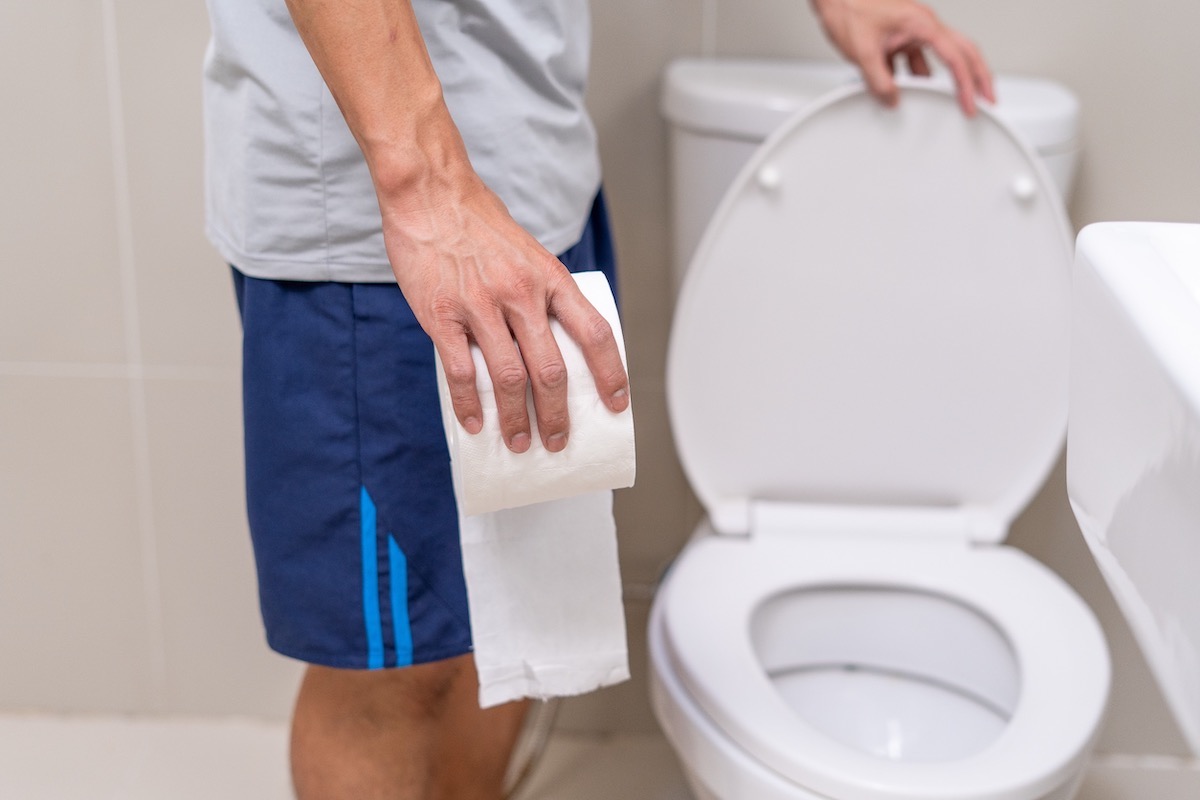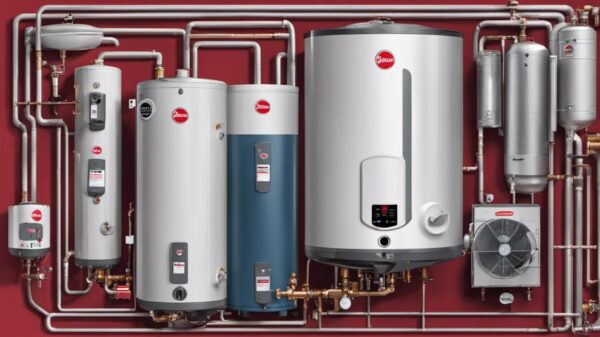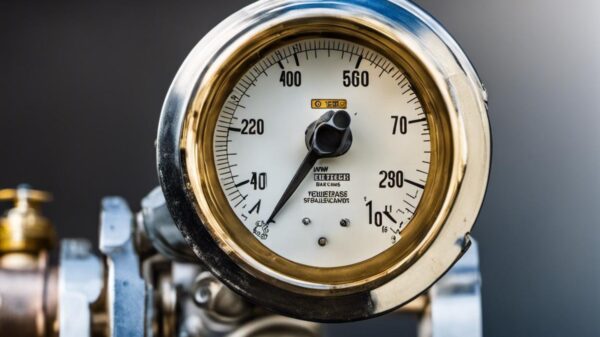Ever found yourself stuck in the middle of the night with the incessant sound of a continuously running toilet? Just about every homeowner has had to deal with this common annoyance. However, the solution may be easier than you think. By understanding the basic parts of a toilet, such as the water tank, fill valve, flush valve and flapper, you can often figure out the cause of a constantly running toilet on your own. Through gaining a comprehension of these key components and how they interact to flush and refill the tank, you could potentially save yourself time, money and plenty of frustration
Understanding the Mechanism of a Toilet
Title:
The Intricate Science Behind Toilet Flushing Mechanisms: A Fascinating Dive!
Hello fellow toilet mechanism enthusiasts! Aren’t we all here because we were pulled into the sometimes unappreciated yet crucial universe of toilets? It’s time to shed some light on the marvel that is the toilet flushing mechanism – that unsung hero of daily life. Today we’re going to unravel the secrets of how these ingenious devices function. So pull up a chair, sit back, and let’s dive deep into it!
To start, it’s vital to understand that a toilet flushing mechanism is essentially a controlled water displacement system. How the system is activated, how the water is displaced, and how the system resets for the next use, that’s where the magic lies.
1. The Press of the Lever
The first step in the process is the user pressing the toilet lever. This action initiates a Rube Goldberg-esque series of events. The lever is connected to a rod, which itself is connected to a flapper or seal. Pushing down the lever lifts the flapper, the very first domino in our chain reaction.
2. The Great Release
Lifting the flapper uncovers a drain hole or the flush valve. This acts as an exit gate for the water that’s been sitting in the tank, waiting for its moment to shine. As the water in the tank rushes down through this valve, it begins to fill the toilet bowl.
3. The Power of the Siphon
As the water level in the bowl rises, a siphonic action begins. The layout of the toilet bowl and attached piping is designed in such a way that once the bowl’s water surpasses a certain point, it’s systematically sucked out through the siphon jet hole, taking along any waste with it. Such a beautiful example of applied fluid dynamics!
4. The Importance of Air
The siphon also serves another important purpose. Post flushing, it allows air back into the system, breaking the siphonic process, and thereby ensuring all the water in the tank doesn’t keep draining ceaselessly. This is the point where we signal the end of the main event.
5. The Refill Sequence
As the tank’s water level drops, so does the float ball. This dapper little device is connected to the refill valve. The reduction in the water level reduces the float ball’s buoyancy, opening the refill valve. Fresh water begins to flow back into the tank, courtesy of our home’s water supply line connected to the refill valve.
6. The Fill and the Float
The water level starts to rise, causing the float to ascend as expected, thanks to its buoyancy. Once the float reaches its pre-set level, it shuts off the refill valve, halting the inflow of water and achieving perfect balance once more.
7. Ready for the Encore
The flapper, or seal, falls back to its original place by its own weight and rests once more on the flush valve, preparing the system for the next flushing cycle.
And there you have it, the intricacies of a toilet’s flushing mechanism broken down into seven delightful steps. Such a symphony of physics, fluid dynamics, and ingeniously simple design! It’s always a thrill to dissect these everyday heroes we take for granted. Now let’s all raise a metaphorical glass to the unsung brilliance of the humble toilet flushing mechanism!
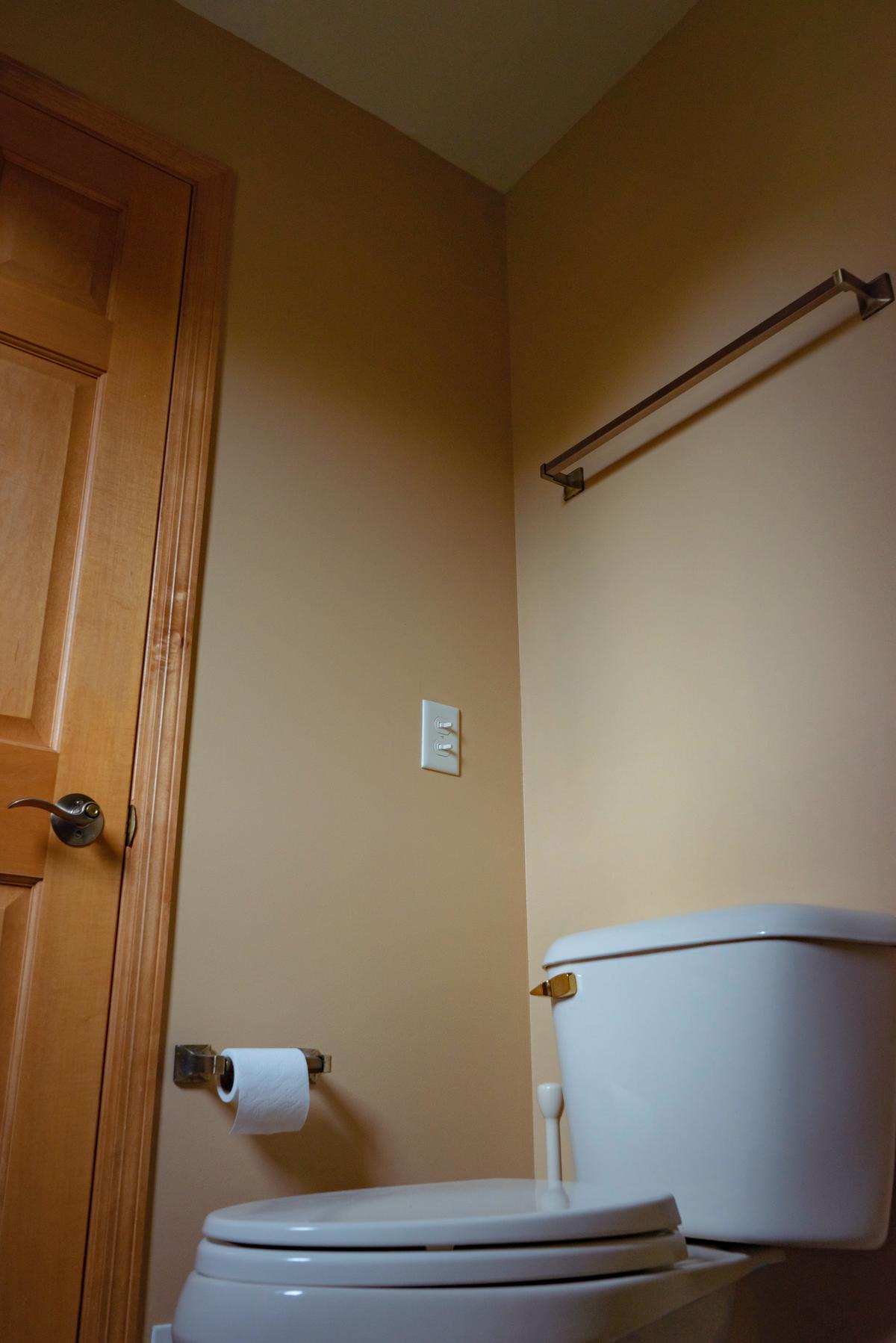
Photo by m_simpsan on Unsplash
Identifying Problems in Toilet Parts
Transforming into armchair plumbers, it’s time now to delve deeper into the potential problems when a toilet continues to run. Not one for monotonous droning, you’ll find the essence of troubleshooting distilled into a straightforward, incisive study here!
A persistent running toilet could be symptomatic of three primary malfunctioning components: the flapper, the float, or the fill valve.
Whether you’re a hands-on DIY enthusiast or simply an informed homebody, it’s necessary to scrutinize each part meticulously.
Firstly, the flapper! When your toilet won’t stop running, it’s often the flapper at fault. The flapper creates a watertight seal within the flush valve. So, any wear and tear or improper placement can prevent this seal from forming correctly. Consequently, water keeps leaking from the tank into the bowl, and the toilet runs incessantly. It’s pretty easy to identify a faulty flapper using a food coloring test. A colored ring forming in your toilet bowl without a flush means water escaping due to a flapper malfunctioning.
Next up, the enigmatic float. Recall that it is the anticipatory custodian of the refill process. Problems arise when the float doesn’t rise to the right height or is stuck, thus allowing water to continue filling and causing an overflow. The excessive water then rushes into the overflow tube resulting in an unabating toilet run. Listen carefully for this noise; your perpetually running toilet may just be a case of a misaligned float.
Lastly, don’t neglect the fill valve. Old or damaged fill valves can cause the toilet to run constantly. This valve’s responsibility expands beyond just refilling the tank; it also critically acts as the stop-sign when the water level achieves equilibrium. An inability to stop filling means an incessantly running and potentially expensive water bill.
To detect an issue with the fill valve without frills, observe its plastic shaft for an upward movement signifying the completion of the refilling process. If this shaft continuously moves up and down without finding a restful mid-point, it’s time to replace the fill valve.
In essence, the bane of a running toilet typically dwells within a stubborn flapper, a rebellious float, or a defected fill valve. Yet, armed with the passionate pursuit of our newfound fascination, these hurdles are but stepping-stones to a robust and dignified flush. After all, a mechanically healthy and efficient toilet mechanism is what separates us from the rest. Challenge accepted fellow flush-ologists!
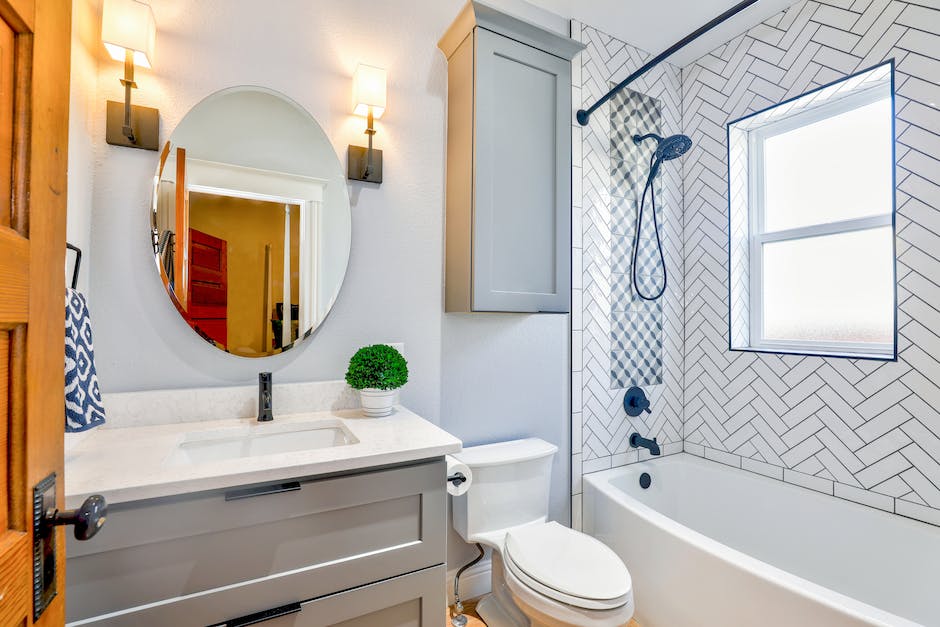
Repairing or Replacing Toilet Components
Whether it’s the distracting, never-ending sound of running water or a hefty water bill that finally catches your attention, a toilet that runs continuously requires immediate attention. The hands-on hobbyist knows that becoming acquainted with the ins and outs of their own home can often lead to simple fixes, and the continuously running toilet is no different. Gear up, because it’s time to dive into an at-home exploration of toilet repair!
The most common culprits behind the continuous running of a toilet are the flapper, the float, or the fill valve. With a few keenly observed tests, you can identify the problematic part in no time. Each of these key toilet components plays a vital role in maintaining the water level and initiating or stopping the flush cycle, potentially leading to the running toilet issue if malfunctioning.
Let’s kick off the journey with the flapper. This rubber seal should fully close the opening on the flush valve after the siphonic process. A simple way to check if the flapper is causing the issue is to press down on the flapper with a stick when the toilet is running; if the water stops, the flapper is the problem. An old or distorted flapper can lead to a slight but constant flow of water from the tank into the bowl. The good news is that replacement flappers come in a variety of universal fits and are easily installable even by a toilet repair newbie!
Next in line for inspection is your float. In a well-functioning toilet, the float rises with the water level in the tank and stops the fill valve once the water reaches a certain level. If your float is set too high, water can continuously flow into the overflow tube, triggering the perpetual running. Adjusting the float to the correct water level will typically resolve the issue. If it does not stop, the float may be damaged and need replacement. Different toilet models may use different kinds of floats, but with a little research, you’ll find the perfect fit.
Finally, the fill valve could be at fault. Observe whether water continues to flow into the fill valve even after gently lifting the float. If this is the case, you may need a new fill valve. Fill valves also come in universal designs and are quite straightforward to replace. Just remember to shut off the water supply before starting!
The sight of a running toilet may initially cause frowns, but with a pinch of enthusiasm and a dash of knowledge, you are entirely capable of troubleshooting this common household snag. Always remember safety first, so shut off your water and empty your tank before diving into any repairs. Happy fixing, fellow toilet repair enthusiasts!
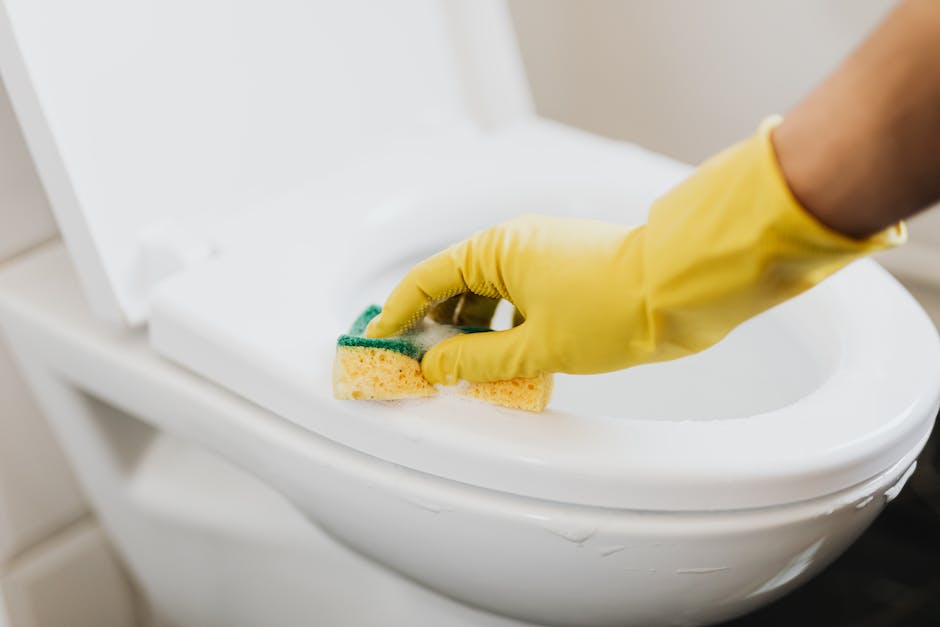
While contending with a running toilet can be a true hassle, being able to identify the likely culprits such as a leaky flapper, a problematic fill valve, or an improperly set overflow tube height, allows you to reclaim control. Armed with newfound knowledge on toilet components and their operations, you are equipped to either repair or modify parts impacting your toilet’s performance. Whether fixing a faulty flapper, adjusting the float height, or replacing an uncooperative fill valve, you’re now prepared to silence that unending flow of water and return to peace and quiet.


